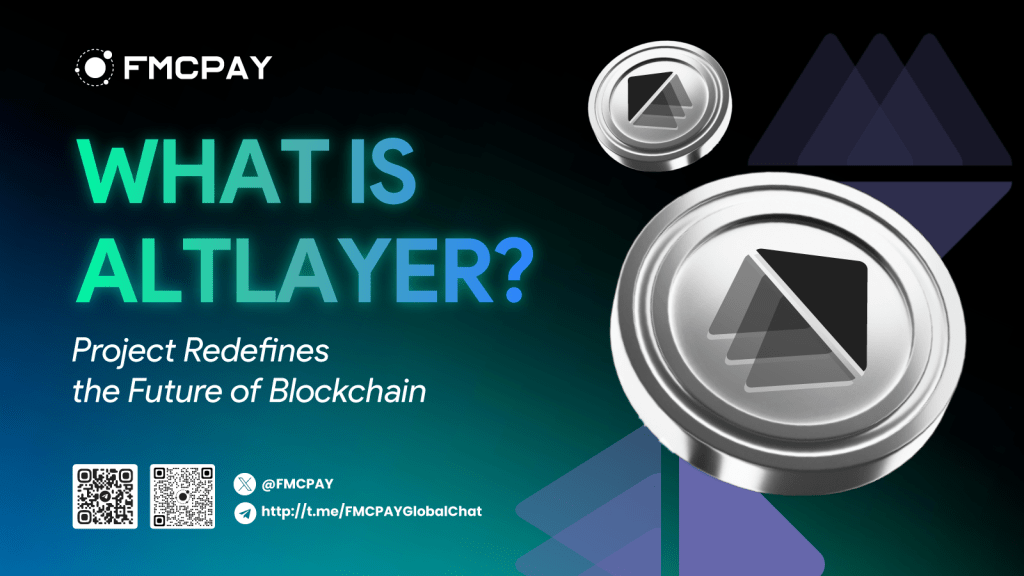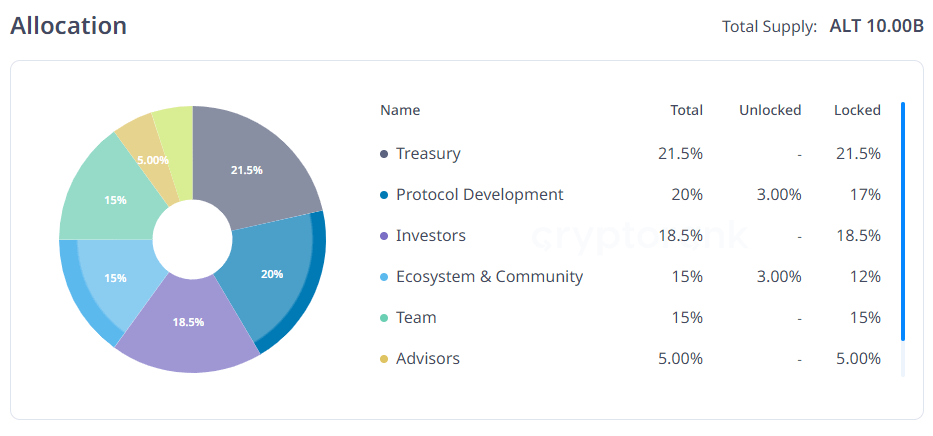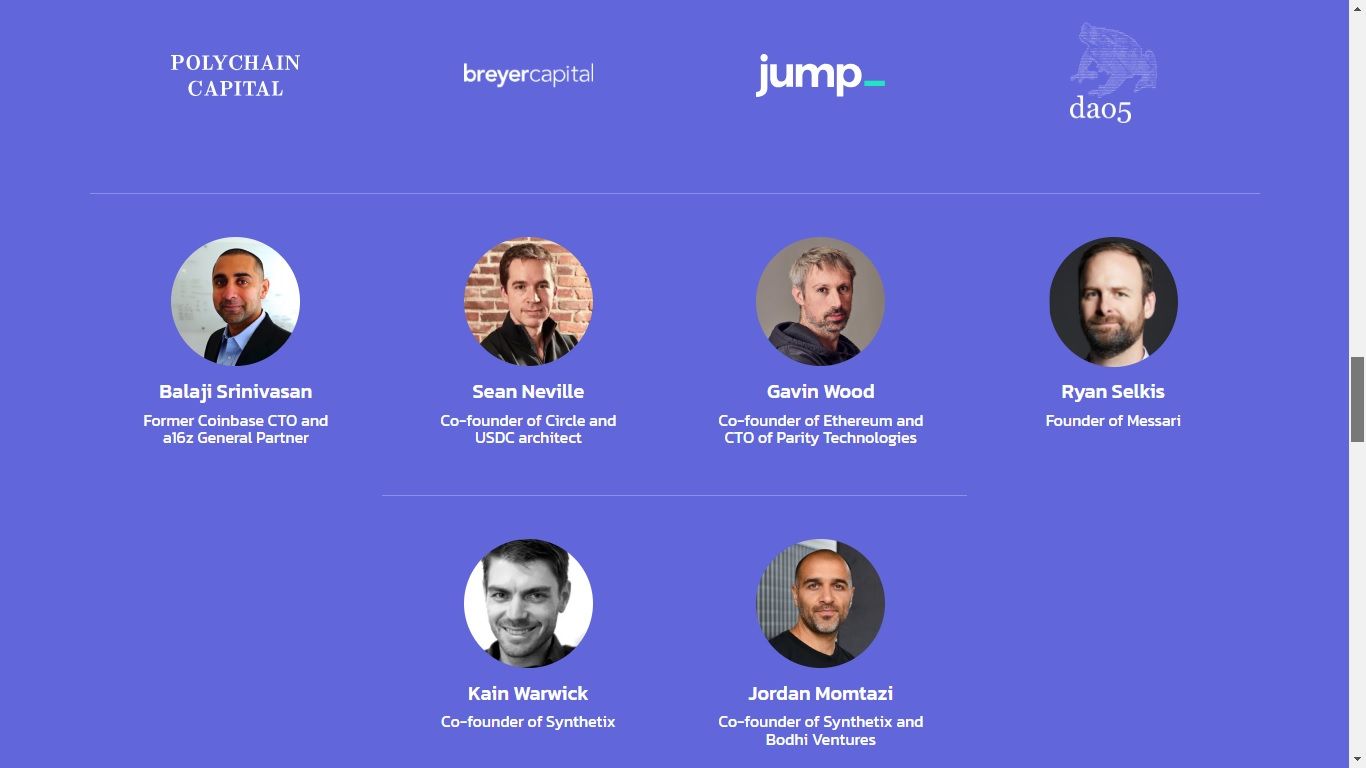A new project on Binance Launchpool has stirred the community with its fast growth in the past week. What is AltLayer? Let’s delve into this highly impactful project with FMCPAY.
What is AltLayer?
AltLayer is a Restaked Rollup protocol within the Modular and Restaking narratives, serving as an additional layer for security, decentralization, and processing speed for Rollups in the crypto market, such as Op Stack, ZKStack, Arbitrum Orbit, etc.
In particular, AltLayer offers Rollup services for Web3 projects (Rollup-as-a-Service). In simple terms, it’s a tool that allows both developers and non-programmers to create a custom rollup in just 2 minutes with a few simple clicks. AltLayer provides two main products: Versatile Rollup Stack, No-code Dashboard.
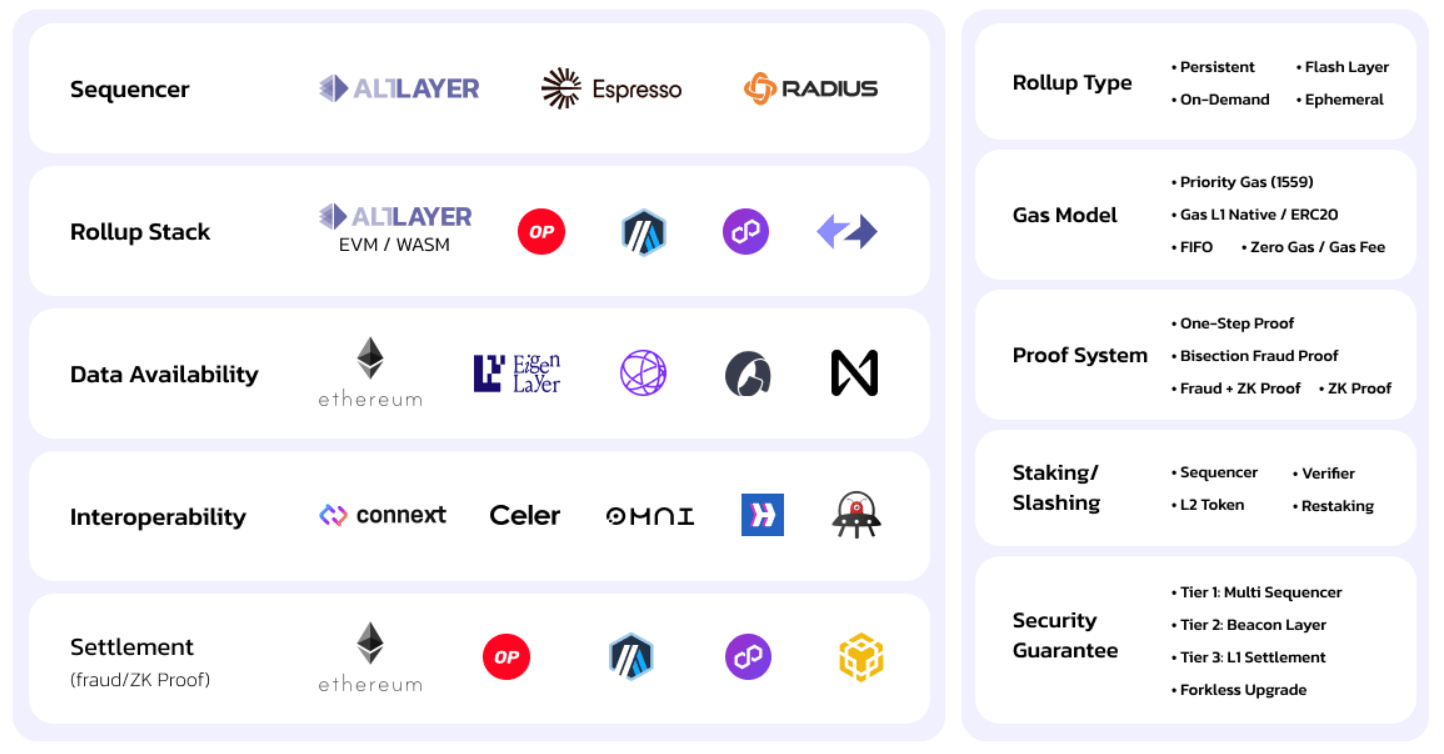
What is the narrative of Modular?
The Modular trend is a technology narrative that is expected to have a significant impact on the future of blockchain. Developed since 2021, it is progressing through three parallel stages:
- Addressing the cost issue to maintain Rollup/Layer 2 operations ($TIA, $NEAR, Avail, or upcoming EigenDA)
- Creating Rollups more easily and industrially (Rollup-as-a-Service projects like AltLayer and Dymension)
- Rollups continuously giving birth after solving the cost issue and the technology challenge (At this stage, Layer 2 becomes as abundant and common as current dApps)
It Impact on the four essential functions of blockchain: Execution, Settlement, Consensus, and Data Availability. All three stages are developing at different speeds in different project domains. Celestia has already appeared, reshaping the entire technological trend. Following that Dymension, AltLayer, and EigenLayer are the next leading in the Modular explosion.
Products of AltLayer
AltLayer offers two fundamental products:
Rollup-as-a-Service (RaaS)
RaaS is a service providing Rollups for Web3 projects with three core offerings:
-
Restaked Rollups: AltLayer provides a set of three vertically integrated Actively Validated Services aka AVSes created on-demand for a given rollup. These AVSes in conjunction offer three key services for app rollups namely decentralized sequencing, verification of rollup’s state correctness, and faster finality which in turn helps with decentralization of rollups, better security, and interoperability across rollups while leveraging Ethereum’s trust network via restaking. Restaked rollups are designed with three modular components called: VITAL, MACH, SQUAD.
- Versatile Rollup Stack: AltLayer provides crucial layers for a project wanting to build Rollups, including the settlement layer (transaction processing and verification layer) and Data Availability layer (layer that enhances scalability by storing data). Additionally, Versatile Rollup Stack is a service supported by projects like Optimism, Celestia, EigenLayer, etc.
- No-code Dashboard: A RaaS service for developers or users with little experience in building code related to Rollup. The No-code Dashboard allows users to create an execution layer in just 5 minutes and other related components like a sequencer and block gas limit.
The famous Cosmos system with App-chains like $DYDX. When Dydx serves as a platform for futures trading, the associated chain is created solely to optimize Dydx’s operations. So, if a Rollup is created specifically to optimize the operations of a single Dapp, it is called App-Rollup or Rollapp.
AltLayer aims to play a core role in building the blockchain network infrastructure. As Rollups become simpler to build, the Rollapp ecosystem will continuously emerge, changing the entire current blockchain network.
Restaked Rollup
Restaked Rollup is a service providing a Rollup Layer for other Rollups, playing a role in increasing transaction processing speed or decentralization for the project. This Restaked mechanism consists of a trio of Actively Validated Services (AVSes): VITAL – MACH – SQUAD, enhancing security and mitigating common issues in rollups using a single sequencer like MEV.
- VITAL: As an AVS positioned between Rollup and Layer 1, it verifies transactions and status from Rollup, ensuring the network’s safety. It then transfers this information and status down to Layer 1 for transaction execution, thereby increasing security and decentralization for Rollups. Additionally, in case of detecting misconduct from Rollup, VITAL can execute a *fraud proof and send it to Layer 1.
*Fraud proof: When Rollup sends the state to L1, the challenge time begins, allowing anyone (suspecting its accuracy) to submit evidence proving that fraud or errors have occurred.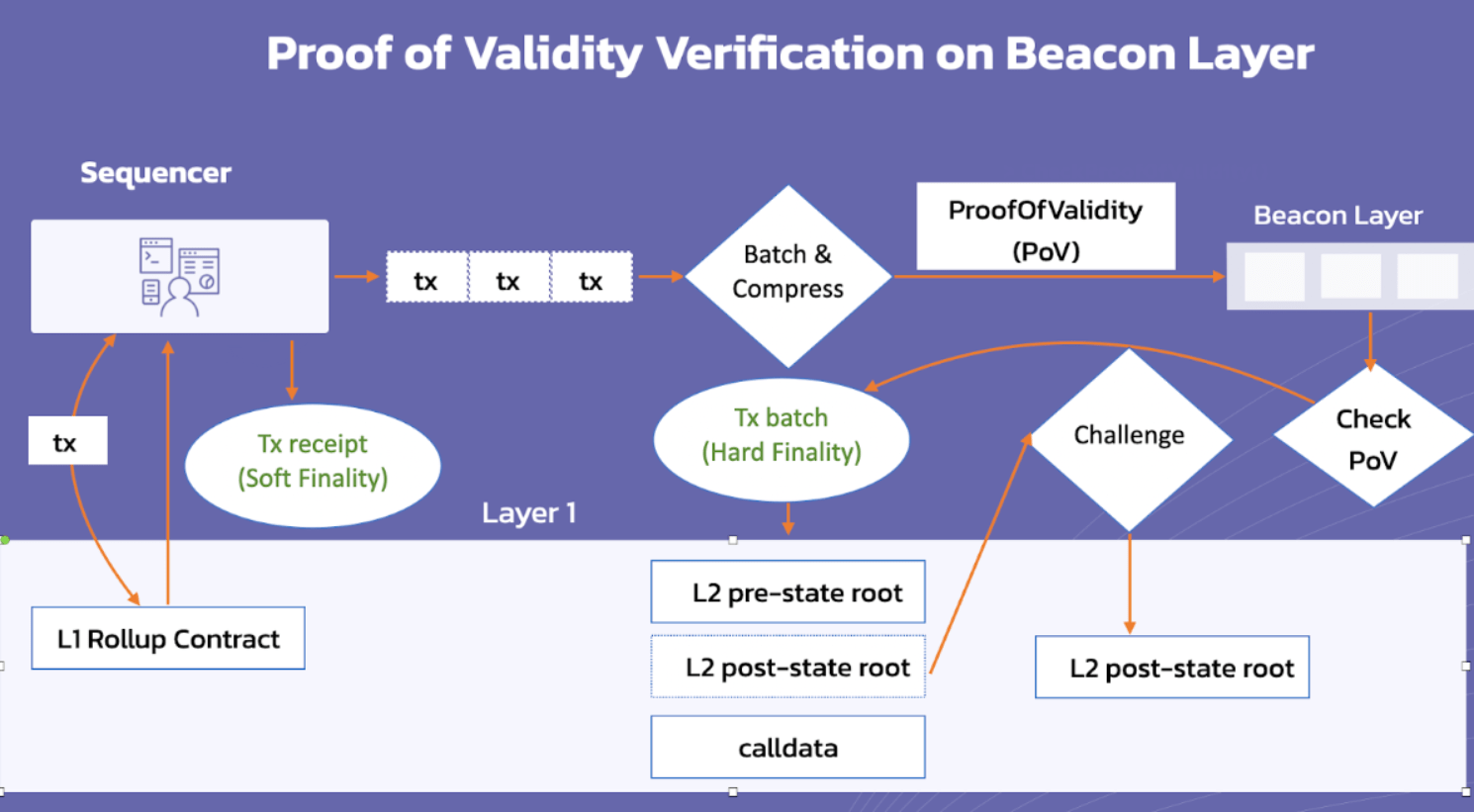
VITAL - MACH: An AVS that accelerates transaction speed for Rollup with three modes: Pessimistic, Optimistic, and Validity Proof.
– Pessimistic Mode: In this mode, every transaction from Rollup is considered invalid, requiring verification twice. This approach enhances security for Rollup. However, dual verification is suitable only for Rollups with excellent performance and a prioritization of safety.
– Optimistic Mode: This mode allows Rollup to submit the state of a block to MACH for challenge, providing evidence of any misconduct in that state. It operates on the assumption that the submitted state is accurate, offering a more optimistic and faster approach to transaction validation.
– Validity Proof Mode: In this mode, MACH verifies the validity of transactions committed by Rollup. Simultaneously, Validity Proof leverages the decentralized nature of the MACH network to ensure accuracy and safety within the system.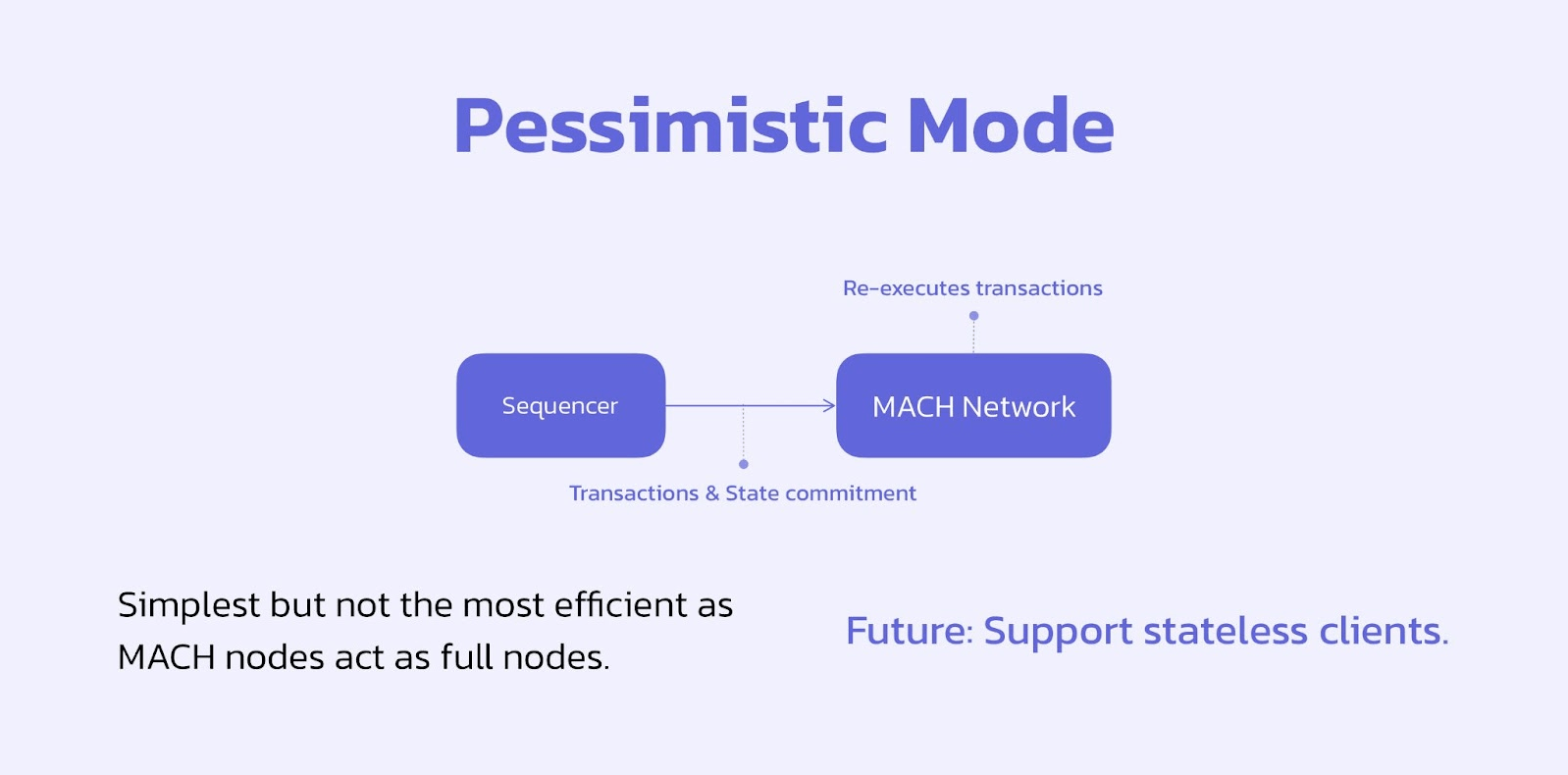
MACH - SQUAD: An AVS helping sequencers become more decentralized. Typically, Layer 2 or Rollups use one sequencer to verify and organize transactions for fee collection. For example, Coinbase applies one sequencer for its base blockchain, earning $30 million USD just from this sequencer.Therefore, many Layer 2 blockchains and some other Rollups tend to use a sequencer to optimize project costs and profits. AltLayer applies SQUAD to Rollups to increase the decentralization capability of the sequencer, minimizing issues such as MEV or dependence on the performance of a single sequencer.
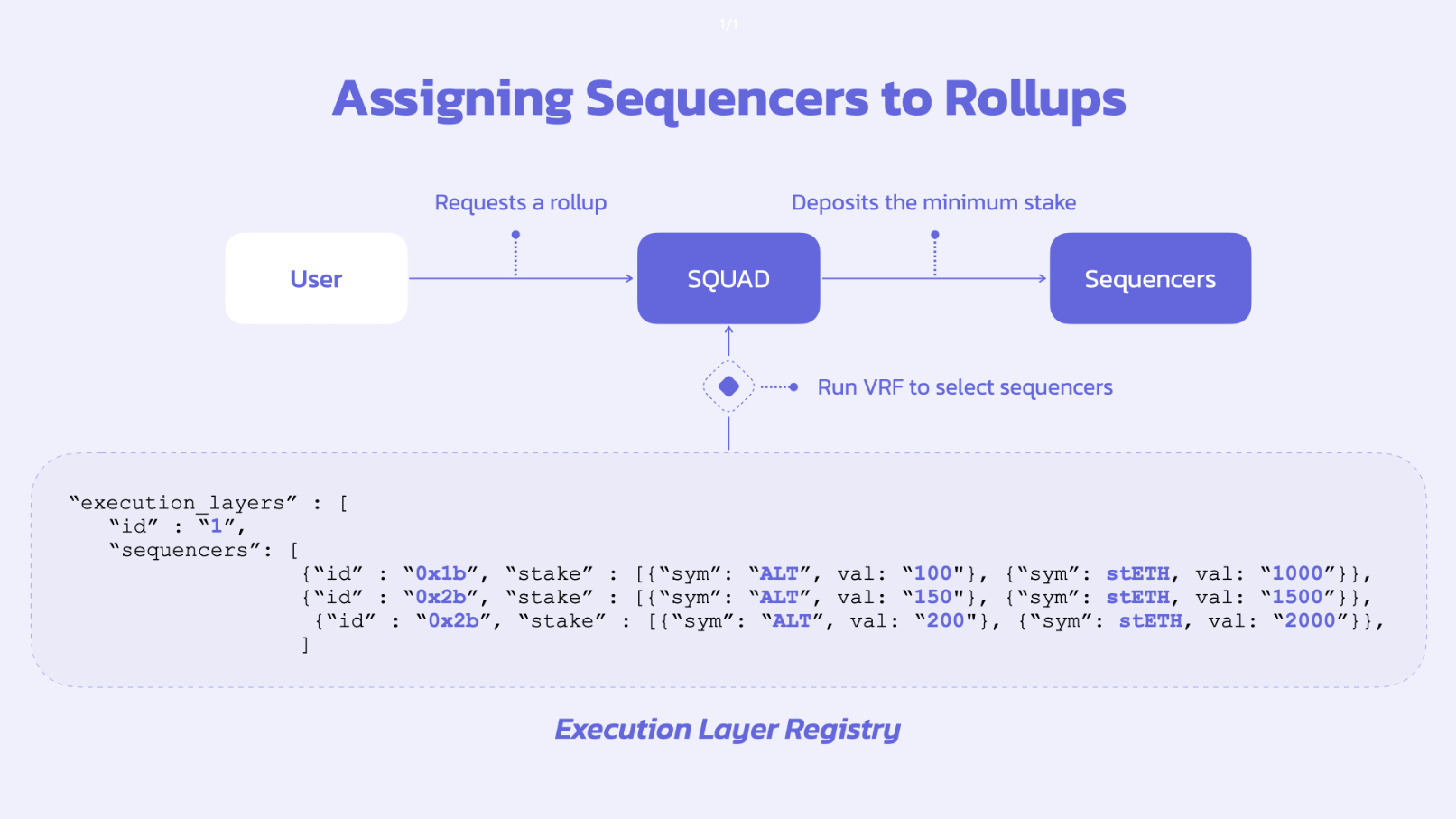
SQUAD

